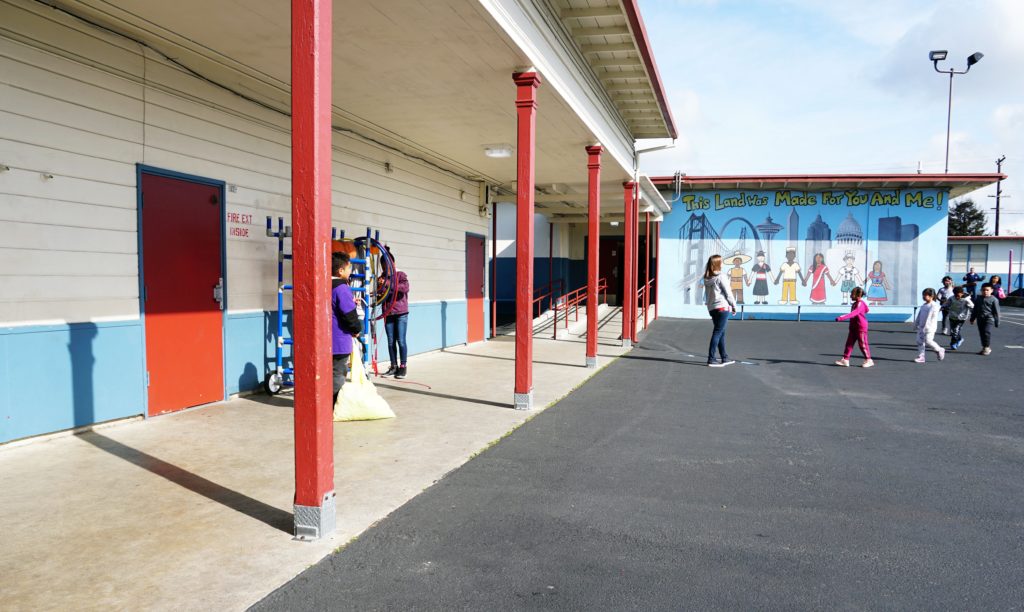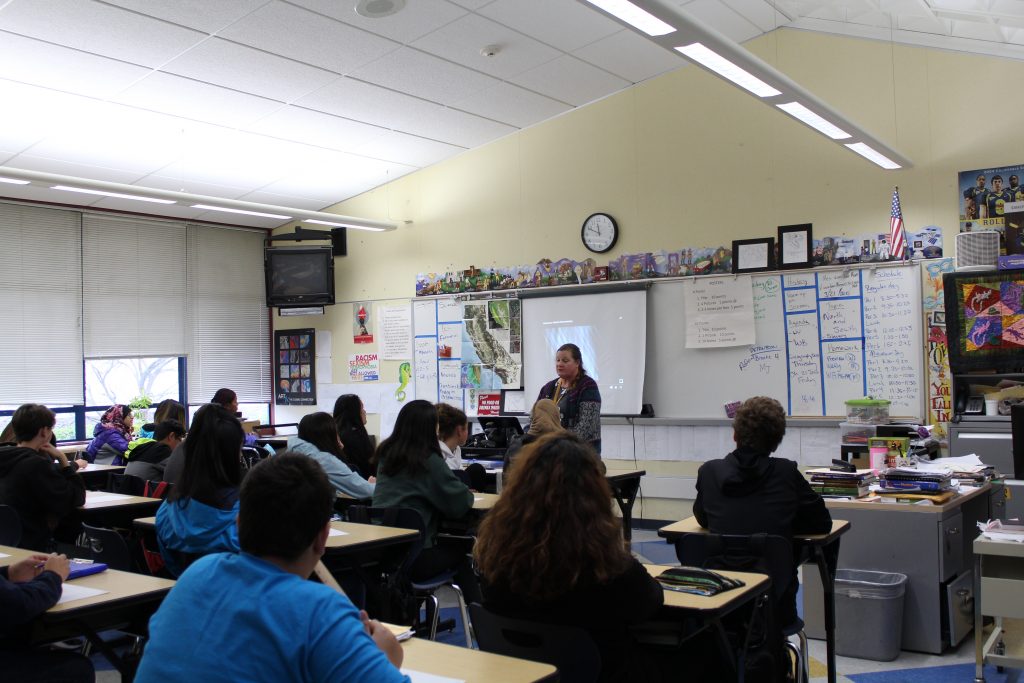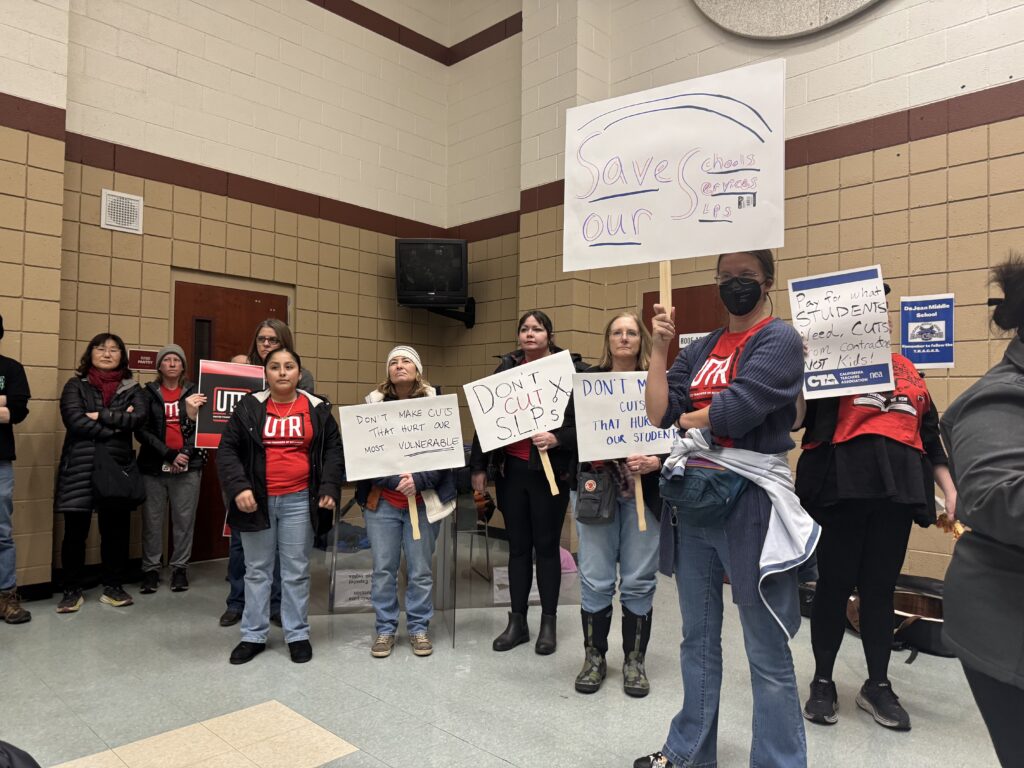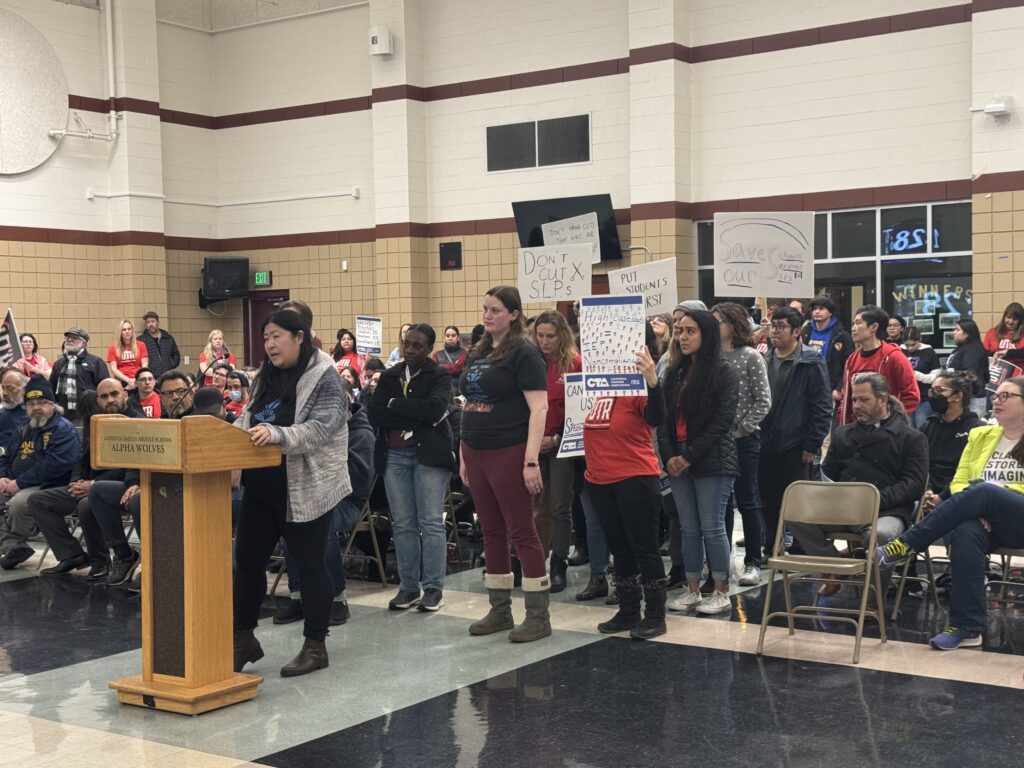
Commencement 2024 at Sacramento State.
Credit: Bibiana Ortiz / Sacramento State
It’s not every day that California State University students get a specific greeting from a U.S. president. But this year at CSU Sacramento, former President Barack Obama sent a message to the students of the new Black Honors College.
“As members of the inaugural class of this college, you have a special responsibility to lead by example,” Obama said in the video message, where he encouraged the first cohort of the country’s first Black Honors College to “make life better for folks no matter what they look like, or where they come from.”
Launched in August, Sac State’s new Black Honors College, which is uniquely and specifically designed for all students interested in Black history, life, and culture —and it has ambitions of becoming one of the nation’s most respected historically Black colleges and universities (HBCUs).
As the college aims to create a community of productivity and excellence, students in the Black Honors College are required to attend weekly study hours and have active participation in 80% of college events and programs. Among these programs are seminars on economic empowerment, self-determination and courageous leadership.
Academically, all general education courses will be taken within the college, and every major offered at Sac State is represented in the Black Honors College.
According to Sac State President Luke Wood, who founded the Black Honors College, his inspiration stemmed from the fact that while Sac State has the largest population of Black students in the CSU system, the campus’ graduation rate for Black students is only 17.4%, below the 23.4% average across Cal State campuses.
“No one serves more Black students than we do, and we’re in the bottom third in terms of success rates,” Wood said. “I don’t believe that it’s a function of students, their families and their communities, but of institutions and educators who have not been adequately prepared and designed to serve them. And so the whole goal was to create an institution within an institution that’s specifically designed to serve students who are interested in Black history, life and culture.”
Wood explained that the college is doing this by using research-focused initiatives with past success rates, such as structuring the student body as a “cohort” of individuals connected by a “shared learning experience.”
According to Wood, this shared learning experience includes faculty members with a demonstrated record of success in teaching and serving Black students, adequate resources and space — including a 6,000-square-foot space on campus made up of lecture rooms, office spaces and a study center — to properly serve these students’ needs, and a curriculum that’s “reflective of their lives and experiences.”
“This is why everyone in the honors college has a (general education) pathway where they’re taking classes only in the honors college with those faculty members,” Wood said.
Transfer students, who won’t have those same foundational courses, are required to take a specialized minor oriented in fields like real estate and development or health services — all in order to ensure upward socioeconomic mobility.
According to Wood, another “critical” aspect of this is that their curriculum will be “Afro-centric.” Regardless of students’ majors, the first two years in the college require students to take classes with a specialized focus on Black life, culture and community. This enrichment is supplemented by the “entire ecosystem” of faculty, counselors, academic advisers, staff directors and outreach coordinators, via their “commitment to serving the Black community.”
Wood noted that the college’s recent commemorative recognition by the Legislative Assembly emphasizes this commitment by acknowledging that it is a “Black-serving institution.”
“Sac State has always had a very strong community of Black faculty and staff who have essentially created an informal ‘underground railroad’ through the institution,” Wood said. “Part of what the Black Honors College did was (take) that railroad, and instead of it being underground, it became public.”
One of the handpicked Sac State professors who is teaching at the Black Honors College this fall is Ayanna Yonemura, a professor of ethnic and African American studies. She plans to use the concentrated environment of vested interest and smaller class sizes to her advantage.
“Every single week, we are immersed in so much wealth and positivity of Blackness,” Yonemura said. “With every single reading, video, lecture, discussion, podcast, students will learn about the diversity and resilience of Black people, and that is so powerful because … it’s contrary to the dominant messages, images and narratives that have become hegemonic and dominant in our society.”
As she teaches introduction to Pan-African studies this fall — one of the general education requirements for the college — Yonemura will also be helping to develop a curriculum unique to the Black Honors College, as it is currently borrowing relevant courses from other departments across campus.
“For me, I have a long background of implementing the curriculum around Black history and culture,” Yonemura said. “But what I think is really exciting is how faculty members from disciplines like STEM, which don’t usually center underrepresented groups, are going to be able to develop a curriculum that really centers Black life, history and culture.”
One of these STEM professors selected for the Black Honors College is James Reede, a part-time professor of environmental science who has had a long history of involvement in policy work for African American students as the Northern California chairman for the United Negro College Fund.
“I’m starting my 22nd year teaching environmental sciences, and I’ve never had more than four or five Black students in my class,” Reede said. “I expect there’s going to be more students that look like me in my classes now that will learn about what we’re doing to our Mother Earth, and be willing to do something about it.”
Continued Reede, “I want to encourage and inspire them to take a stand by also focusing on environmental injustices to the POC community, like how they suffer the ill effects of pollution sources by their homes.”
In the week before the start of the fall semester, the college hosted various community events to welcome students and professors to their first semester at the Black Honors College, according to Wood. These events featured a three-day orientation including guest speakers and community-building for the incoming students, and a pop-up event called “Black on Campus: Pop Up,” with live music and networking with fellow students, staff, faculty and alumni.
“The most beautiful thing that I’ve heard from students, and I’ve heard it at least 20 times over the past few days, is ‘I got accepted by six HBCU’s’ and I chose to come to Sacramento State because of what’s happening here,” Wood said. “I even had a student who was a transfer from Howard University because they wanted to be here. … We’re becoming a first-choice institution, the ‘HBCU of the West’, or I like to say ‘the North Star of the West.’”
According to Wood, this “skyrocketing” spirit of the Black campus community is evident in how applications from Black freshmen are up 20% this year, while Black transfer student rates are up 43%. He expects enrollment numbers to increase by the spring.
Additionally, Wood noted that fundraising efforts are just getting started. The college received a quarter-million dollar grant from the CSU system as an “institutional investment,” as well as various donations from private corporations and donors.
Wood said that the only growing pain the college has experienced thus far has been the significant number of students it’s had to turn away due to the need for equitable resource distribution. While the original goal was to grow the college to 500 students, the administration has now changed that goal to about 1,000-2,000 students to meet the tidal wave of applications.
“That has implications for the number of faculty, the space that we’re allocated, the fundraising that we’re going to need to do for scholarships,” Wood said. “But we’re committed. It’s uphill, we’re building a plane (while) flying it, but we’re building it with great people.”
Wood also noted that other institutions have reached out to Sac State to build their own “Sacramento State-certified Black Honors College” by utilizing the same academic model as the original.
“My hope is that 10 years from now, you’ll see 30 Black Honors Colleges spread throughout the West and Midwest, so that there’s safe havens for students who identify as Black throughout those spaces,” Wood said. “It allows them to have an experience that provides them with hope and dignity.”
Emily Hamill is a third-year student at UC Berkeley double-majoring in comparative literature and media studies and minoring in journalism.

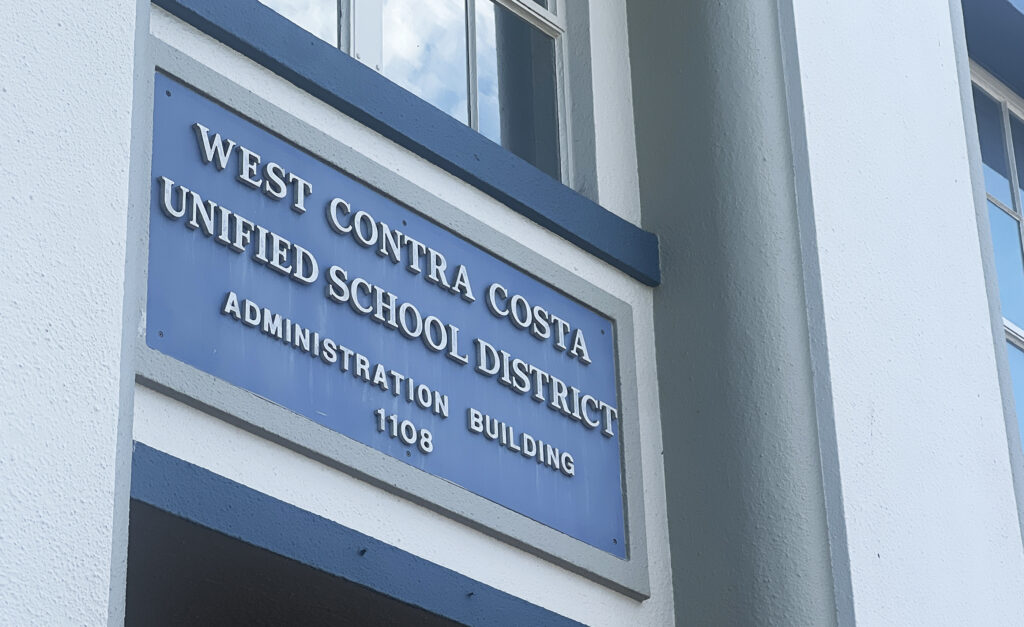


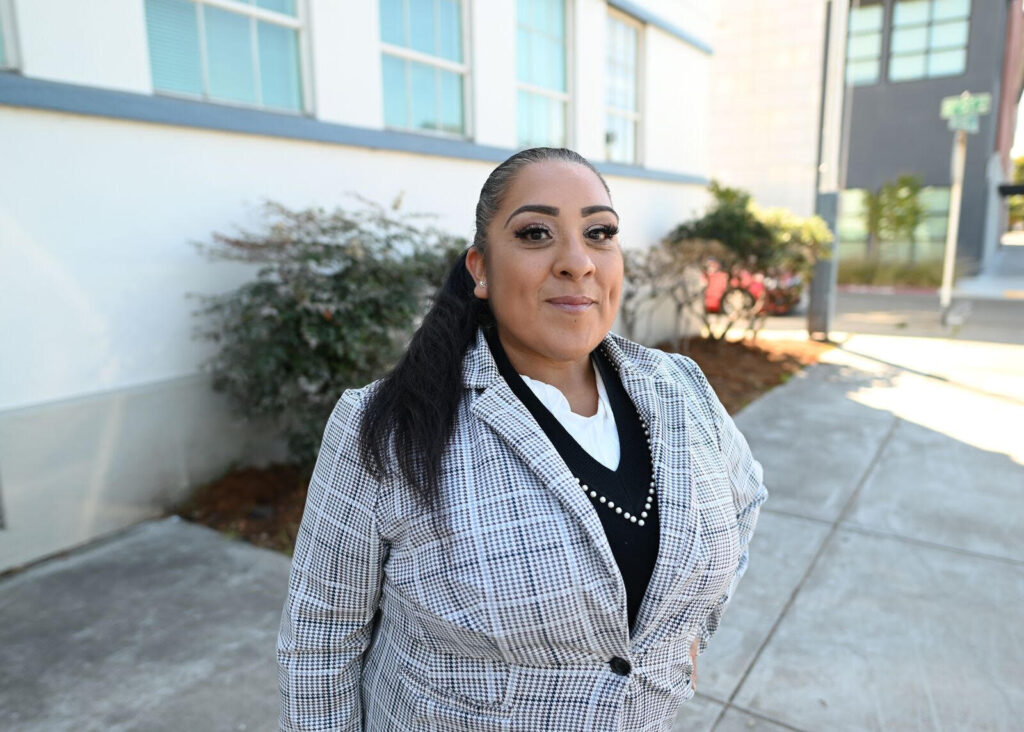

)
